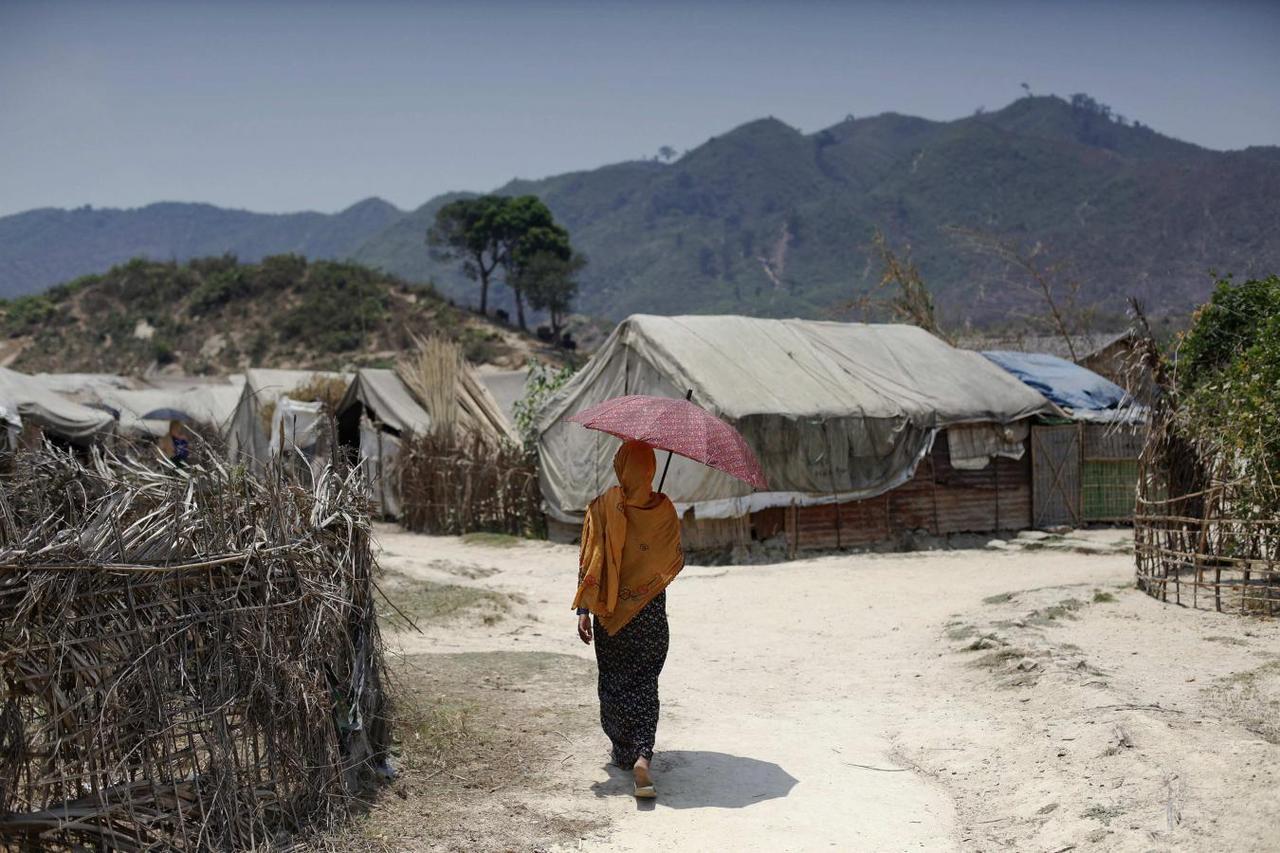Hopeless plight of Myanmar’s remaining Rohingya exposed
https://arab.news/jkq98

The Rohingya genocide in the western state of Rakhine in Myanmar saw more than 1 million people flee from their homes across the border to neighboring Bangladesh. However, an estimated 200,000 to 300,000 Rohingya still remain in Myanmar and we do not often hear anything of them.
The reasons for that are as bad as you might imagine: The overwhelming majority of those hundreds of thousands of people are held in internally displaced persons camps. In fact, the reason why they did not flee the country during the military’s “clearing operations” in 2017-2018 was that they were already held in these camps.
Most of them have been there since 2012-13, when there was a huge flare-up of communal violence between them and some of their Buddhist nationalist neighbors in Rakhine. On that occasion, the assault against them was not directed by the federal army — even though some police and army personnel appear to have involved themselves in some of the actions on the aggressors’ side — and so most did not flee Myanmar entirely. Nevertheless, their villages were destroyed, so they had no option but to relocate to camps built by the government.
We have long since suspected, however, that the conditions in these camps are akin to imprisonment. A Human Rights Watch report released last week was finally able to shed some light on the conditions in the camps and they are as bad as feared: Less refugee camps as per international humanitarian norms, more concentration camps. The camps are completely economically sealed, there is barely enough food for everyone, and virtually no education, health services or sanitation to speak of. It is as if the authorities have put them in a holding pen and are simply waiting for them to wither and die.
Some manage to escape the camps and flee abroad. Indeed, whenever you hear news stories about boat refugees in the area, landing in Bangladesh, India, Malaysia, Indonesia and so on, it is almost always groups of Rohingya who have fled from these camps in Myanmar. The boats are usually provided by people smugglers in a trade that is reminiscent of the one faced by refugees trying to make their way through Libya to Europe: Exorbitant amounts of money are extracted from the refugees and, in return, they are given vessels that are barely seaworthy. Often, the boats do not last the journey and everyone on board drowns — or, if they are extremely lucky, they might get rescued by the coast patrol of another country. If migrants are unable to pay the amounts required by the traffickers, they will either be held for ransom from their families or sold into slavery, typically to Thai fishing vessels, where they are once again treated as disposable resources and death is almost a guarantee.
It is as if the authorities have put them in a holding pen and are simply waiting for them to wither and die.
Dr. Azeem Ibrahim
In other words, those who managed to escape to Bangladesh three years ago were the lucky ones. And they know it. Nominally, the government of Myanmar is offering to allow them back. But their villages have long been destroyed and reapportioned to Buddhists. If they are to return, they will return to these prison camps, in conditions that are not just far worse than anything they are seeing in the difficult camps in Bangladesh, but in conditions expressly designed to rob them of any hope of a meaningful life, trapped between a state that is waiting for them to die and people traffickers who will try to make money off them regardless of whether they live or die.
This is why the Rohingya who made it to Bangladesh remain in Bangladesh, and why they should continue to remain in Bangladesh. Myanmar is very much the same country that drove them out three years ago and it remains committed to excluding them by any means necessary. It will drive them out again where it can, it will lock them away and wait for them to wither and die if they won’t go, and it will outright murder them if it has to.
- Dr. Azeem Ibrahim is a Director at Center for Global Policy in Washington, D.C. Twitter: @AzeemIbrahim









































